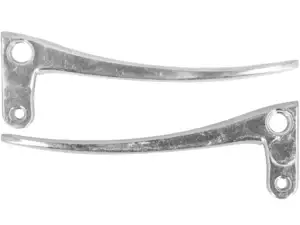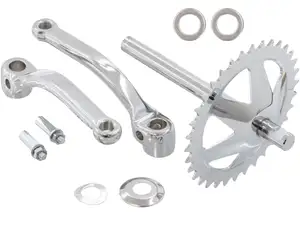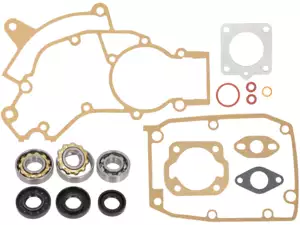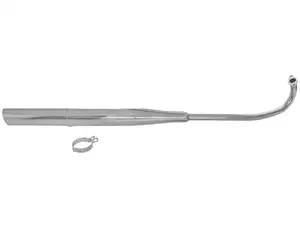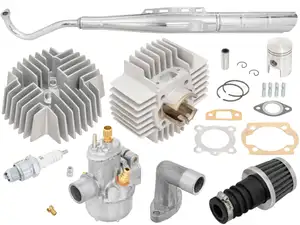
PUCH
Puch - Legendary gems and reliable powerhouses
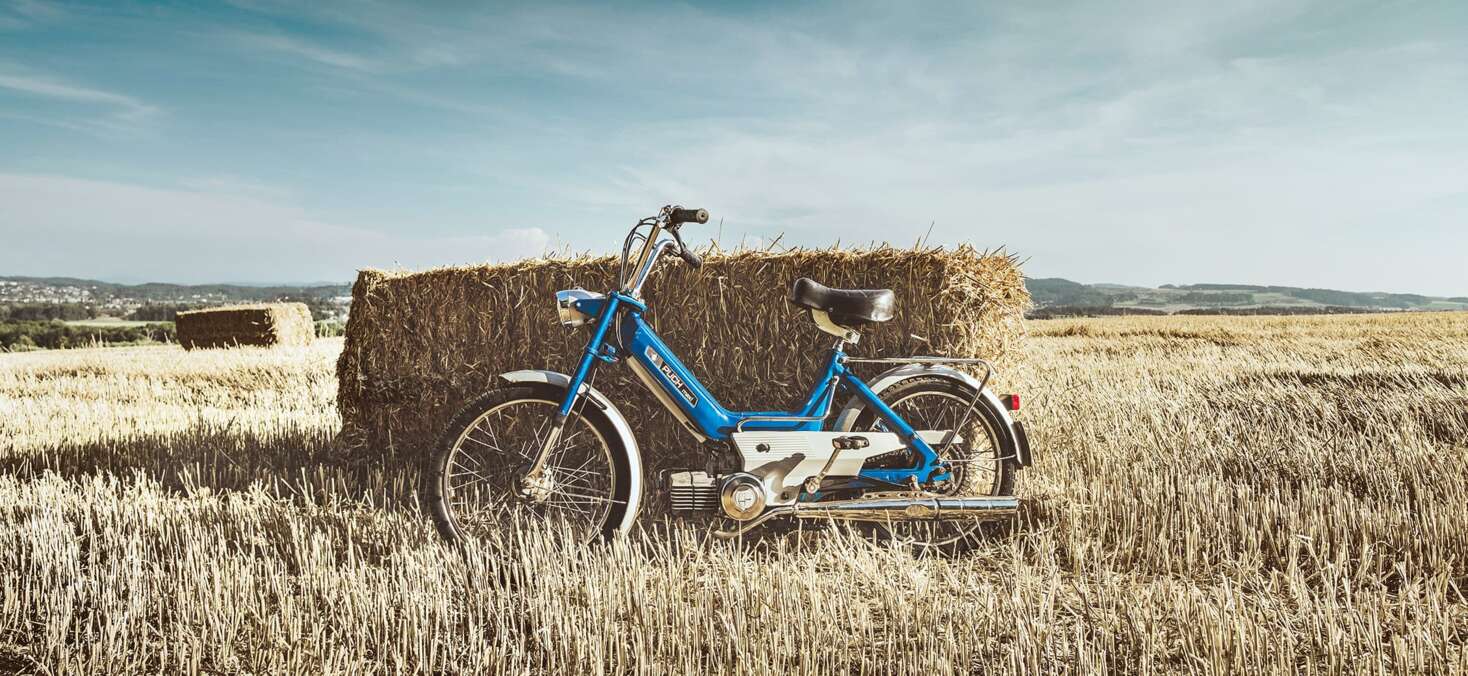
Buses, bicycles or tractors, there is actually no roadworthy vehicle that was not developed, designed and built in the Puch factories in Graz. But the legendary mopeds are, of course, unforgettable for all moped enthusiasts. The Maxi moped, the X30 moped, the MV50 model, better known as the Schichtlermofa or Schwarze Sau, or the original Styriette moped and many other two-wheelers that were manufactured in the Puch works in Graz, Austria, are now coveted collector's items, legends and cult mopeds.
| Seat |  |
| Status | |
| Foundation | 1899 |

The beginnings of the ‘Einser-Werk’
Puch is certainly one of the most renowned manufacturers in the Austrian Alpine republic. And a manufacturer with an exceptionally long company history. You have to go back more than 100 years in history, to the year 1899 to be precise: Johann Puch fulfils a dream and founds his own bicycle workshop in the Styrian capital of Graz, the nucleus of the legendary ‘Einser factory’. But the road to the famous Puch parent plant was still a long one. Starting with bicycles, Johann Puch and his designers also ventured into the development of motorbikes in the following years. The first series-produced motorbikes left the factory halls in Graz as early as 1903, and the field for the company's rise to become one of Austria's leading motor vehicle and two-wheeler manufacturers was actually set when Johann Puch died while attending a horse race in Agram on 19 July 1914. However, the First World War and the subsequent ‘Great Depression’ presented the company with major economic challenges. This was followed by a series of company mergers. Firstly, Austro-Daimler, Oesterreichische Flugzeugfabrik (Oeffag) and Puch-Werke AG merged in 1928 to form Austro-Daimler-Puchwerke. The newly formed company merged again with Steyr-Werke in 1934.
Airsal tuning set 38 mm (budget) | Puch E50, ZA50
Manufacturer: Airsal · Manufacturer: GPO · Manufacturer: NGK · Manufacturer: swiing · Area of application: Tuning · Displacement: 50 ccm · Material: Aluminum · Nominal diameter: 50 mm · Ø piston pin (B): 12 mm · Outlet type: straight · Camouflaged: No
302,00 EUR
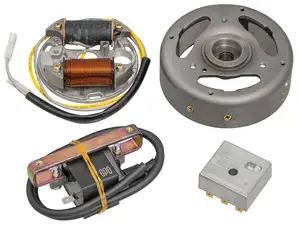
GPO CDI ignition set anticlockwise 12V
Manufacturer: GPO · Tension: 12 V · Direction of rotation: left · Ø mounting plate: 90 mm · Ø Internal flywheel: 90 mm · Number of fixing points: 2 pcs · Mounting type: Screws · Area of application: Performance · Area of application: Standard
278,30 EUR
Not in stock
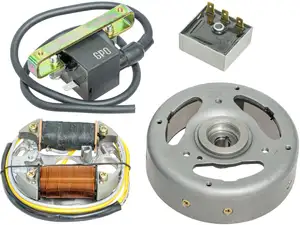
GPO CDI ignition set clockwise 6V
Manufacturer: GPO · Tension: 6 V · Direction of rotation: right · Ø mounting plate: 90 mm · Ø Internal flywheel: 90 mm · Number of fixing points: 4 pcs · Mounting type: Screws · Area of application: Performance · Area of application: Standard
278,30 EUR
Not in stock
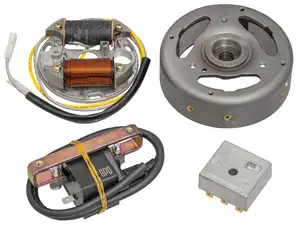
GPO CDI ignition set left-turning 6V
Manufacturer: GPO · Tension: 6 V · Direction of rotation: left · Ø mounting plate: 90 mm · Ø Internal flywheel: 90 mm · Number of fixing points: 4 pcs · Mounting type: Screws · Area of application: Performance · Area of application: Standard
278,30 EUR
Not in stock
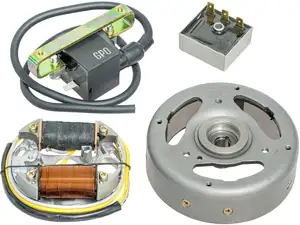
GPO CDI ignition set clockwise 12V
Manufacturer: GPO · Tension: 12 V · Direction of rotation: right · Ø mounting plate: 90 mm · Ø Internal flywheel: 90 mm · Number of fixing points: 3 pcs · Mounting type: Screws · Area of application: Performance · Area of application: Standard
278,30 EUR
Not in stock
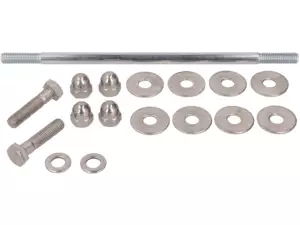
swiing® revival screws & axle set shock absorber | Puch Maxi S
Manufacturer: swiing® revival parts · Material: Chrome steel (colloquially known as stainless steel) · Material: Steel · Number of components: 17 pcs · Drive: External hexagon · Screw head: Hexagon · Thread type: M8x1.25 (standard thread)
21,20 EUR

swiing® revival 12 mm carburetor set "Original" | Puch E50
Manufacturer: swiing® revival parts · Camouflaged: No · Component group Carburetor: Carburetor complete · Area of application: Standard · Nominal diameter: 12 mm · Carburetor type: SRE · Nozzle thread: M3.5x0.6 (standard thread) · Ø fuel hose connection: 6 mm · Nozzle size: 52 · Ø Inside entrance: 12 mm · Ø Internal connection: 20 mm · Ø Output inside: 12 mm · Ø Air filter connection: 20 mm · Mounting type: Flange · Mounting type: Plug connection clamped · Choke control: Hand choke · Hole spacing inlet: 38 mm · Clamping screw torque (max.): 4 N/m
112,40 EUR

swiing® revival 17" mudguard set | Puch X30 NS, NL, NG-2AH, N-2AH, Sprinter
Manufacturer: GPO · Manufacturer: swiing® revival parts · Material: Chrome steel (colloquially known as stainless steel) · Surface: chrome-plated · Surface: polished · Wheel size: 17 " · Folding the ends: closed folded · Folding the ends: not folded · Color: Chrome · Shape of the mudguard: partly round · Mounting type: Nuts & bolts
177,60 EUR
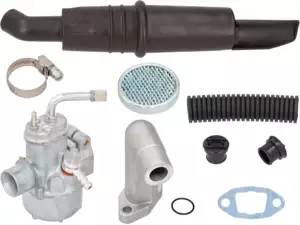
swiing® revival carburetor set 12 mm "Original" | Puch X30 NS, NL
Carburetor type: SRE · Manufacturer: swiing® revival parts · Component group Carburetor: Carburetor complete · Area of application: Standard · Nominal diameter: 12 mm · Ø fuel hose connection: 6 mm · Mounting type: Plug connection clamped · Ø Inside entrance: 12 mm · Ø Internal connection: 20 mm · Ø Output inside: 12 mm · Ø Air filter connection: 20 mm · Mixed oil connection: No · Vacuum connection: No · Choke control: Hand choke · Nozzle thread: M3.5x0.6 (standard thread) · Nozzle block: 2.15 · Nozzle size: 52 · Clamping screw torque (max.): 4 N/m
213,10 EUR
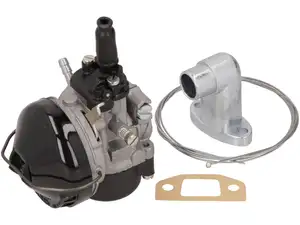
Dell'Orto carburetor set SHA 16/16 | Puch Maxi S, N
Carburetor type: SHA · Manufacturer: Dell'Orto · Component group Carburetor: Carburetor complete · Area of application: Tuning · Nominal diameter: 16 mm · Ø fuel hose connection: 6 mm · Mounting type: Flange · Mounting type: Plug connection clamped · Hole spacing inlet: 38 mm · Choke control: Hand choke · Nozzle thread: M5x0.8 (standard thread)
106,50 EUR
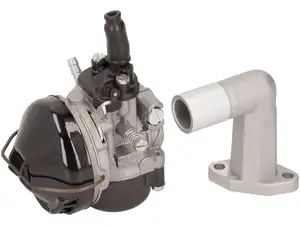
swiing® ingenious 16 mm carburetor set (Dell'Orto SHA) | Puch X30 NS, NL
Carburetor type: SHA · Manufacturer: swiing® ingenious parts · Component group Carburetor: Carburetor complete · Area of application: Tuning · Nominal diameter: 16 mm · Ø fuel hose connection: 6 mm · Mounting type: Flange · Mounting type: Plug connection clamped · Ø Inside entrance: 16 mm · Ø Output inside: 16 mm · Hole spacing inlet: 38 mm · Choke control: Hand choke · Nozzle thread: M5x0.8 (standard thread)
153,90 EUR
Page 1 of 271
Two-stroke engines as the basis for motorising the masses
This phase of market consolidation was followed by a phase characterised by advancement and growth. A two-wheeler with a two-stroke engine played a major role in the success of this period: the Puch500 model. This motorbike became a real bestseller, as it was considered robust and economical, and the two-stroke twin-piston engine and its 14 hp were also impressive on steep routes, of which there are naturally quite a few in Austria. The Puch Styriette model, which is often referred to as the original moped, although the single-piston two-stroke vehicle looks more like a bicycle with an auxiliary engine, was also created during this period.
Unfortunately, the terrible Second World War interrupted these successful and pleasing developments and innovations. During the following years of the war, the Austrian manufacturer concentrated mainly on the production of weapons and armaments. But when the war finally came to an end in 1945, the two-wheeler manufacturer was able to build on its success story and finally develop and manufacture two-wheeled motorised vehicles again. One of the reasons why Puch took off in the post-war years was certainly that the design gap between the Styriette, i.e. a bicycle with an auxiliary motor, and motorbikes such as the Puch500 was closed. From then on, the moped category was to fill this gap and did so in the form of the MS 50.
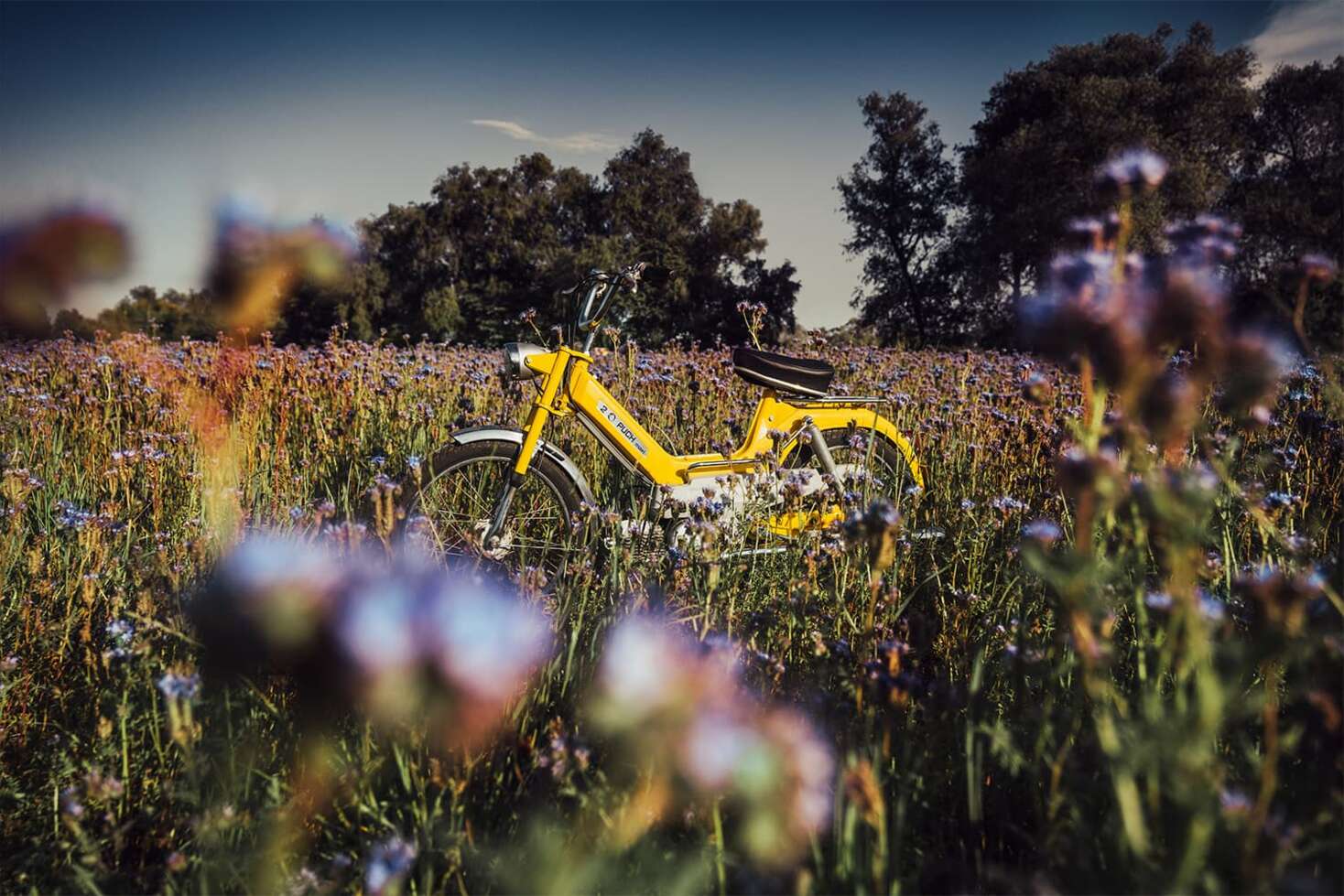
The first genuine moped from Puch: MS 50
The first genuine moped to be manufactured in the Puch factories immediately became a real bestseller. Also known as the Stangelpuch, the MS 50 model came onto the market in 1954 and was built almost unchanged until 1982. The fan-cooled two-stroke single-piston engine of the MS 50 had a displacement of 49 cm³, produced 1.5 hp and ran at around 40 km/h on level ground. The reliability and enormous climbing ability of this first motorbike was also appreciated by the Austrian postal service, so that the Stangelpuch served as a service vehicle for the postmen of the Alpine republic for a long time. The ‘Maurerbock’, as the moped was also known, certainly played a large part in the fact that the manufacturer's mopeds still enjoy cult status today.
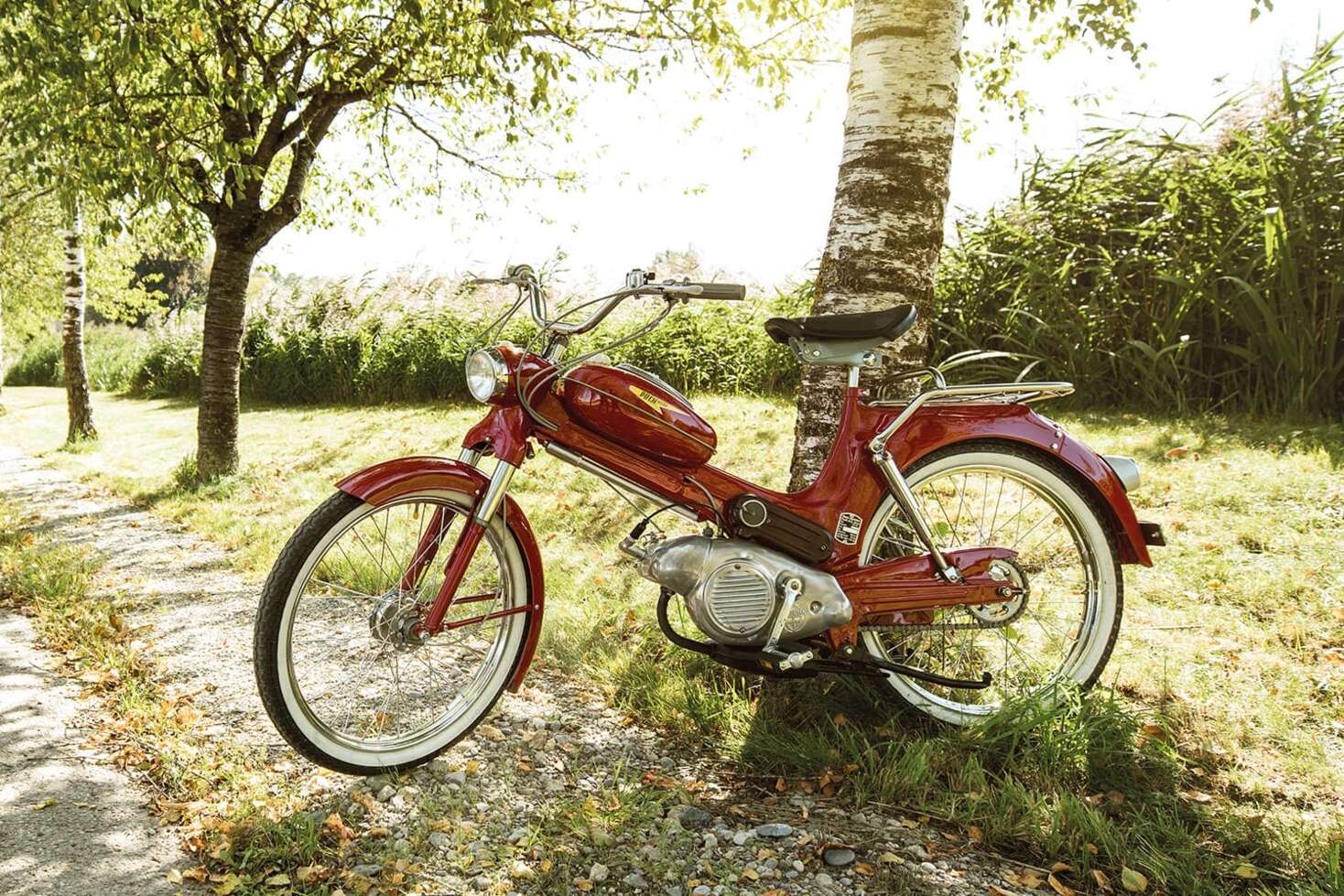
Austro mopeds as Swiss cultural assets
Over the years, numerous other models were developed in Graz, all of which still have their fans to this day. Just think of the models VS 50, MV 50, X 50 or the Pionier moped. However, two models stand out in particular: the legendary Puch Maxi-Moped and the X-30 moped. Both mopeds played a major role during the Swiss moped boom in the 1960s, 70s and 80s.
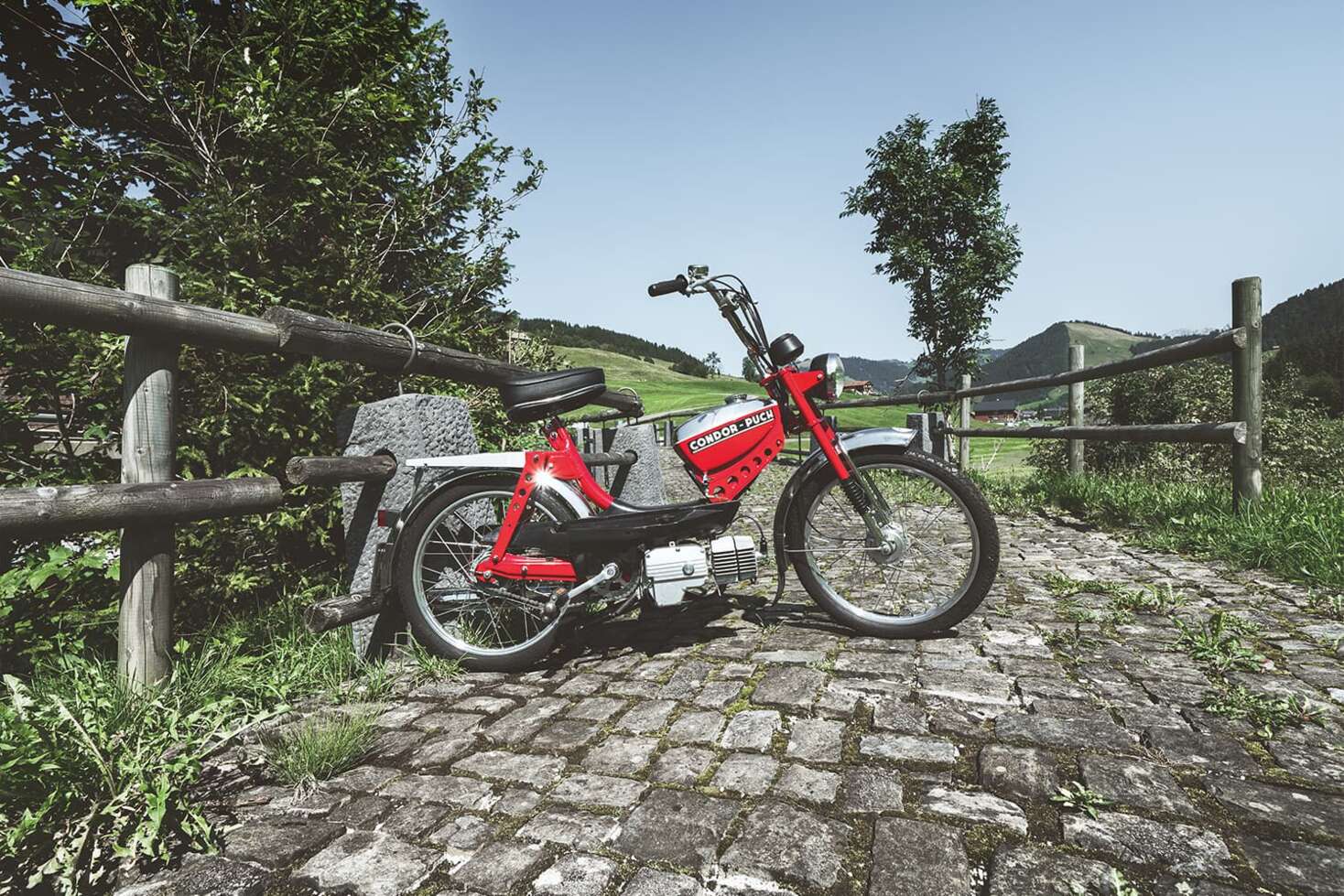

A star is born - the Puch Maxi moped
When developing the Maxi model, the Graz-based company broke new ground in terms of both technology and design. None other than the designer Louis Lucien Lepoix, known for his futuristic styling, was commissioned to design the moped. LLL, as Louis Lucien Lepoix was known, delivered what was expected of him when the plane was launched in 1969. A two-wheeler that set new standards with a futuristic design language for the time. Visually, the first Maxi models stood out at first glance thanks to the tank integrated into the frame, a novelty at the time. But of course - and this is particularly true of mopeds - it's not just the looks that matter, the inner values are much more interesting. The first models with 1-speed automatic transmission were equipped with Puch's all-purpose weapon in the 2-stroke range: the E50 engine, which had a displacement of 48.8 cm³ and an output of 0.8 kW or 1.2 hp. The 2-speed versions, i.e. the Maxi N2 and Maxi S2 models, were motorised with a ZA50 engine. The planer was certainly also particularly popular because it came onto the market at a particularly favourable price. It was therefore not long before enthusiasts discovered the bike as an affordable basis for conversion, tuning and customising projects. When the Austrian manufacturer sold its two-wheeler division to Piaggio in 1987, the maxi-moped continued to be built by the Italians until 1995. Thanks to the long period in which the model was produced, it is still comparatively easy to obtain spare parts and NOS parts even today.
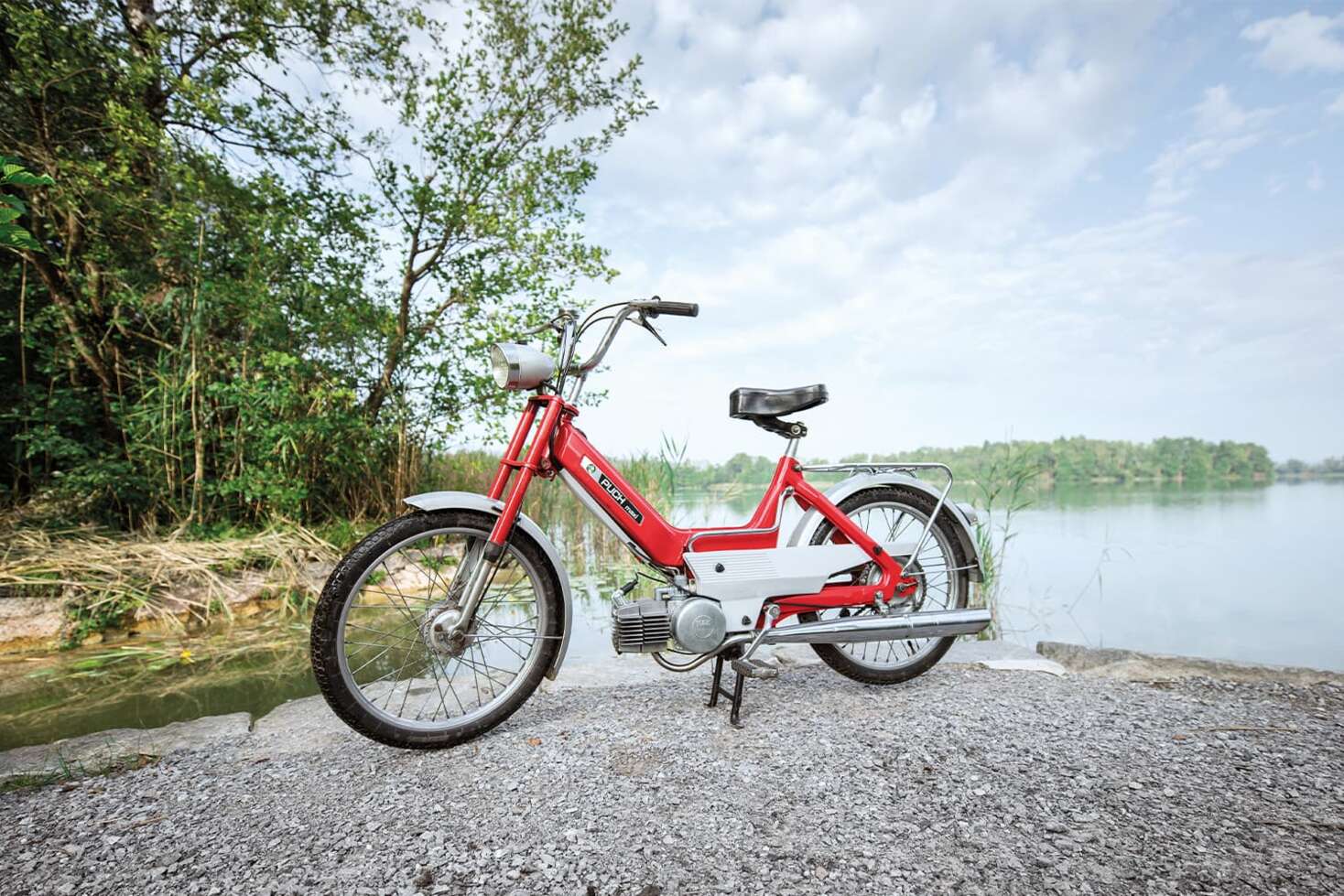
The X30 moped - the beautiful and expensive sister of the maxi moped
By contrast, the Puch-X-30 model, which was also produced from 1969 onwards, was considerably more expensive. The higher price also meant that this motorbike was sold in significantly smaller numbers overall. This is why the supply of replacement and original NOS parts is not so easy to ensure today. The Austrian manufacturer designed the X-30-Hödi as a particularly high-quality variant. And the X-30 moped is indeed particularly robust. Bikers and motorbike enthusiasts quickly learned to appreciate this and were particularly keen to use the bike for tough off-road rides or as a basis for corresponding conversion projects. In its original state, the plane was motorised with a wind-cooled Z50 engine or a fan-cooled ZA50 unit. In both versions, the engine output was 1.2 hp. The X-30 version for the Swiss market accelerated to a legally compliant 30 km/h with this engine. Visually, the plane is a real feast for the eyes, but unfortunately it is only very rarely to be admired on Swiss roads.
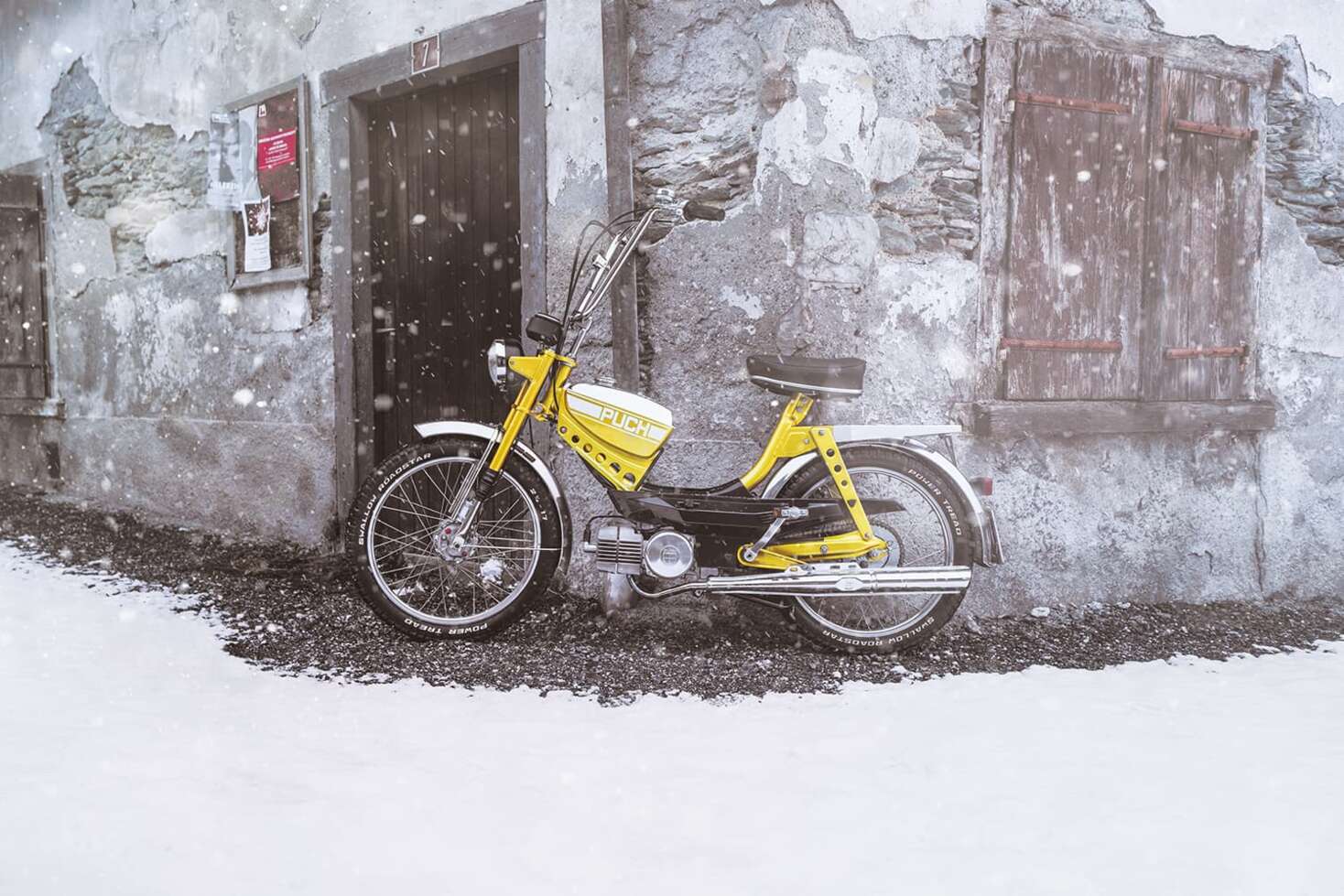
Popular PUCH topics

